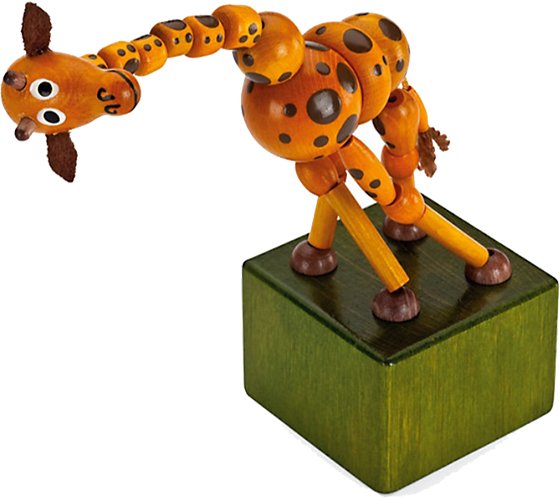2021…ARE YOU READY FOR AN AMAZING YEAR?
How to see your way to the other side of Corona as a Leader
It is extremely easy to watch all the current events pass by and react to them without really stopping to think “what does this mean for me?” and “how might my reactions be affecting those around me?” A few months ago, three of us came together to help businesses develop their collective cultures.
- A business culture expert and Managing Director of Denison Consulting (UK, Ireland & Nordics), Karen Jones
- A Coach, Consultant, and Psychotherapist, David Stimson
- and Charlie Bennett, Founder of Otter Recruitment, someone who works with leaders across a wide range of corporations and cultures across the world of Consumer Goods.
Then Covid 19 happened . . .
As we observed the effects on the wider world, our families, friends, and the businesses we are connected with, we thought it might be useful to look at the problem from a psychological and cultural point of view. As such we are breaking down our thoughts into three articles;
- Firstly, how the coronavirus impacts decision-making.
- Secondly, we will explore some key points of consideration to help make sense of the current climate.
- Finally, we will look at some solutions to ensure that cultures can be match-fit for when we get to the other side.
How the threat of corona virus may impact decision making;
Knowing David as we do, we asked him to explain, psychologically, how the threat of a corona crisis can influence people’s thinking, well-being, and decision making; What is happening to leaders, experientially, within the current crisis?
He put it very eloquently.
The current global crisis has turned the world upside down for many individuals, families, and businesses. In the world of systemic psychology, it is commonly said that we see the true nature of how a system operates (the individual behavior/collective culture) when it is put under stress. When under such stress, cracks often appear. This is one reason why some companies adopt the red team/blue team strategy in order to, in effect, stress itself to expose weaknesses within the system before they occur in reality.
How do we cope under such uncertainty and invisible threat as COVID-19? Well, have a look around you and perhaps remember the toilet roll situation in the supermarkets! In order to make sense out of the extremes of behavior we have recently witnessed, it is useful to understand some brain basics and interpersonal neurobiology.
- As humans we essentially have a social engagement system, or as Dr Daniel Siegel phrases this, a ‘Yes brain’ or a threat response system, or a ‘No brain’. Our stress response system starts at calm, moving to alert, then up to scared.
- The next steps if we continue to feel more threat would be to move higher up to terror and then the last resort, dissociate.
- During our usual day we’d likely hover between calm and alert depending on what we are doing and may move into fear if someone unexpectedly knocks on a window or similar.
- In the current climate of living with an insidious invisible threat such as coronavirus, many of us have adapted to stick around in the alert stage of threat and may move into fear very quickly, causing anxiety or panic.
- When our threat response system is activated then we generally focus inwards, towards the self and survival. The ‘No brain’ is activated and we’ve become reactive to our environment, not receptive or socially engaged.
- Survival mode is turned on, the ‘Yes brain’ turned off and following survival behaviours ensue, such as hoarding toilet paper and other such items.
- With the ‘No brain’ activated then we’re largely making decisions from our inward-looking reactive fight, flight, freeze and faint lower brain regions, rather than the higher cortical areas, which are absolutely necessary for intellectual, rational and sound decision making.
- Our socially engaged ‘Yes brain’ is critical for looking outwards to the future, engaging with the world and others and feeling safe and receptive to our environment.
So, in a world full of fear right now:
- How do we stay receptive to a world beyond COVID 19?
- How do we adopt a ‘Yes brain’ approach to the systems in which we belong?
Many of us, including ourselves, have been through the ‘No brain’ stage. “My business is finished, recruitment is dead, how will we survive, etc.” However, David came up with a really good analogy;

Do you remember the giraffe or similar toy you had as a child that collapsed when you pressed the button underneath it? The important thing is that it wasn’t broken, it was just collapsed. When you released your thumb, the giraffe stood up again. We might be looking at things and thinking all is lost or our business faces insurmountable challenges. However, the reality is that you are ready to spring back to a sense of normality if you begin to navigate through the chaos.
‘Normality’ is still about but is shrouded by the day to day effects of the lock down. We must aim to look beyond this. Admittedly this may not appear to be easy, but we need to draw on our experience and journey as leaders. Many of us have heard of Maslow’s Hierarchy of Needs. Within this model, our basic needs start with physiological needs (food/shelter) and then move to safety and security. Until these needs are met, we are not going to move towards fulfilling potential or esteem-based goals, either individually or within a business. Essentially within the above analogy, when the toy giraffe collapses, it is in order to protect itself and meet its basic needs before it can rise again and re-establish self-actualisation, productivity and creativity. As a leader, it’s essential we recognise these fundamental needs in order to ensure that ourselves, our teams and our business can spring back from the chaos and regain some sense of order.
Now is the time for empathetic leadership.
Many employees are working from home often for the first time, and many of them are in cramped and difficult social situations. Those that are not still working may be furloughed, which brings much more time and stress into an already difficult situation. Financial worries and just the “when will this end” state of mind are all playing on employees’ minds. Humans have a deep need for certainty and yet there’s little of this available at the moment.
The cultures that will grow from this will be the ones whose leaders embrace what their people are going through, empathize in a real way, and lead them through it until it is over.
In order to do that we all need to get our own house in order. Have a look at ourselves and understand where we are currently.
- For those who feel they are currently in a spin, then it may prove helpful to:
- Implement actions to get some order in your mind.
- Break life down into smaller more manageable chunks.
- Create some certainty and consistency in your life by means of a routine and a manageable schedule.
- Adopt a mindful approach to the day by understanding that the past no longer exists, and tomorrow hasn’t arrived. No matter how difficult things may be due to current circumstances, this will pass.
- Manage the effects of stress and anxiety (cortisol & adrenaline) whist increasing the good mood stuff (Serotonin & Dopamine) through exercise and breathing techniques.
- Try recognizing if you or your colleagues are in a ‘Yes’ or ‘No’ brain state. Modeling empathy and understanding is one sure-fire way to enhance interpersonal connection and get that No brain back to a Yes.
Once you can make some sense of the world around you and regain some calm then you can start to reflect the same on your friends, family and colleagues and together you will win through. Remember, human beings became the top of the food chain through working (surviving) in groups.
An empathic leader will always seek to understand the needs of the group in order to implement effective change and ‘survive’ new terrain.
An empathic leader will also understand the necessity of being empathic towards the self in order to model this to those who seek our guidance in these uncertain times.





